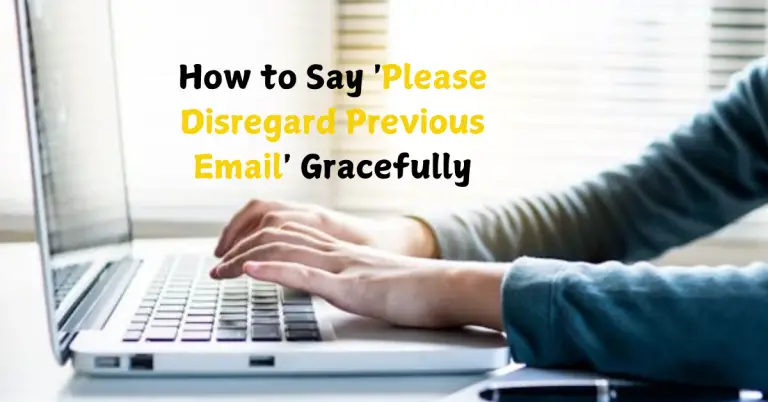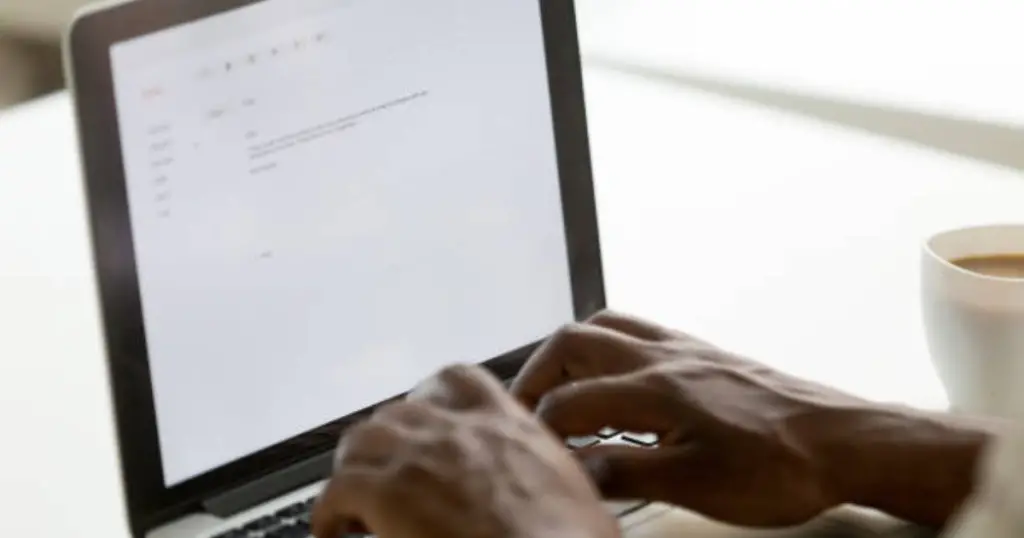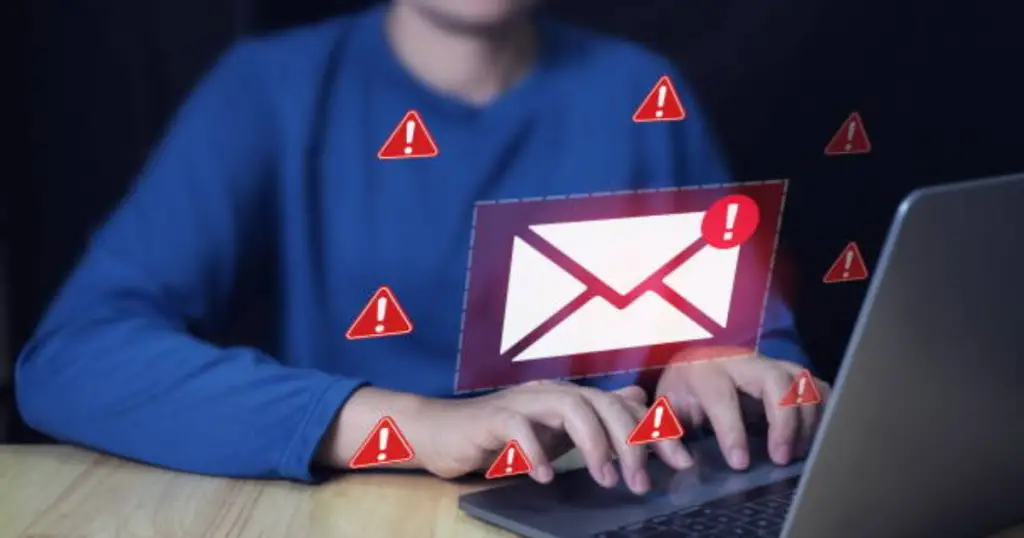
Mistakes in emails are common, and handling them with professionalism is crucial to maintain effective communication. Whether it’s a typo, incorrect details, or sending an email to the wrong recipient, knowing how to correct these mistakes gracefully can save you from potential embarrassment and confusion. The phrase “please disregard previous email” is a go-to solution, but there are many ways to convey the same message more effectively.
In this article, we’ll explore the meaning of the phrase, alternative ways to say it, practical examples, and tips for handling email corrections.
What Does “Please Disregard Previous Email” Mean?
The phrase “please disregard previous email” is a polite way to request the recipient to ignore an earlier email due to an error or outdated information. It’s typically used in professional communication to correct mistakes or provide updated information.
12 Alternatives to “Please Disregard Previous Email” with Examples

Here are professional ways to correct email mistakes:
“Apologies for the confusion, please ignore my earlier email.”
Example: “Apologies for the confusion, please ignore my earlier email. The updated document is attached here.”
“Kindly disregard the email I sent earlier.”
Example: “Kindly disregard the email I sent earlier. The details provided were incorrect.”
“Please ignore the email sent at [time].”
Example: “Please ignore the email sent at 10:00 AM. It contained outdated pricing information.”
“The previous email contained errors; please refer to this one instead.”
Example: “The previous email contained errors; please refer to this one for accurate data.”
“My apologies, the earlier email was sent in error.”
Example: “My apologies, the earlier email was sent in error. Please consider this the correct version.”
“Please overlook the last email; it was a draft mistakenly sent.”
Example: “Please overlook the last email; it was a draft mistakenly sent before final review.”
“Disregard my earlier email as it has incorrect details.”
Example: “Disregard my earlier email as it has incorrect details about the meeting time.”
“I apologize, but the information in my last email is incorrect.”
Example: “I apologize, but the information in my last email is incorrect. The updated information is below.”
“Please do not refer to the previous email; here is the correct information.”
Example: “Please do not refer to the previous email; here is the correct timeline for the project.”
“The earlier email was sent prematurely; please disregard it.”
Example: “The earlier email was sent prematurely; please disregard it and see the attached final version.”
“Oops! Please ignore the last email I sent.”
Example: “Oops! Please ignore the last email I sent. It was meant for another team.”
“Please consider this email as the corrected version.”
Example: “Please consider this email as the corrected version of the product pricing update.”
Also Read: Professional Ways to Say ‘Please Confirm Receipt of This Email’
Best Practices for Correcting Email Mistakes

Correcting email mistakes can be done professionally by following these best practices:
1. Acknowledge the Mistake
Take responsibility for the error in a straightforward manner. Avoid making excuses or blaming others.
2. Be Prompt
Send the correction as soon as possible to minimize confusion or misunderstandings.
3. Use a Clear Subject Line
Examples:
- “Correction: Meeting Schedule”
- “Please Ignore My Previous Email”
4. Be Concise
Avoid lengthy explanations. Focus on correcting the mistake and providing the updated information.
5. Provide the Corrected Information Immediately
Ensure the corrected information is included in the follow-up email to avoid back-and-forth communication.
Examples of Scenarios Where “Please Disregard Previous Email” is Used
- Workplace Communication:
Scenario: You sent an email with an incorrect meeting time.
Solution: “Apologies for the confusion. The meeting is scheduled for 2 PM, not 3 PM as mentioned earlier. Please disregard the previous email.” - Client Correspondence:
Scenario: An email with outdated pricing was sent to a client.
Solution: “Kindly disregard my earlier email. The correct pricing details are as follows: …” - Team Updates:
Scenario: A project timeline was sent prematurely.
Solution: “The earlier timeline was incorrect. Please disregard that email and refer to this updated version.”
FAQs
1. What does “please disregard previous email” mean?
It is a polite request to ask the recipient to ignore an earlier email due to errors or outdated information.
2. How do I professionally correct an email mistake?
Acknowledge the mistake, provide the corrected information, and use clear and polite language.
3. Are there alternatives to “please disregard previous email”?
Yes, examples include: “Kindly disregard my earlier email” and “Please ignore the email sent at [time].”
4. What should I do if I sent an email to the wrong recipient?
Send a follow-up email apologizing for the mistake and requesting the recipient to disregard the earlier message.
5. How can I avoid email mistakes?
Double-check the recipient, subject line, and content before hitting send. Use email scheduling to review drafts before sending.
Conclusion
Mistakes in email communication are natural, but correcting them professionally is essential to maintaining credibility and trust. By using alternatives to “please disregard previous email” and following the tips mentioned, you can handle such situations gracefully. Bookmark this guide to ensure you’re always prepared to manage email corrections like a pro